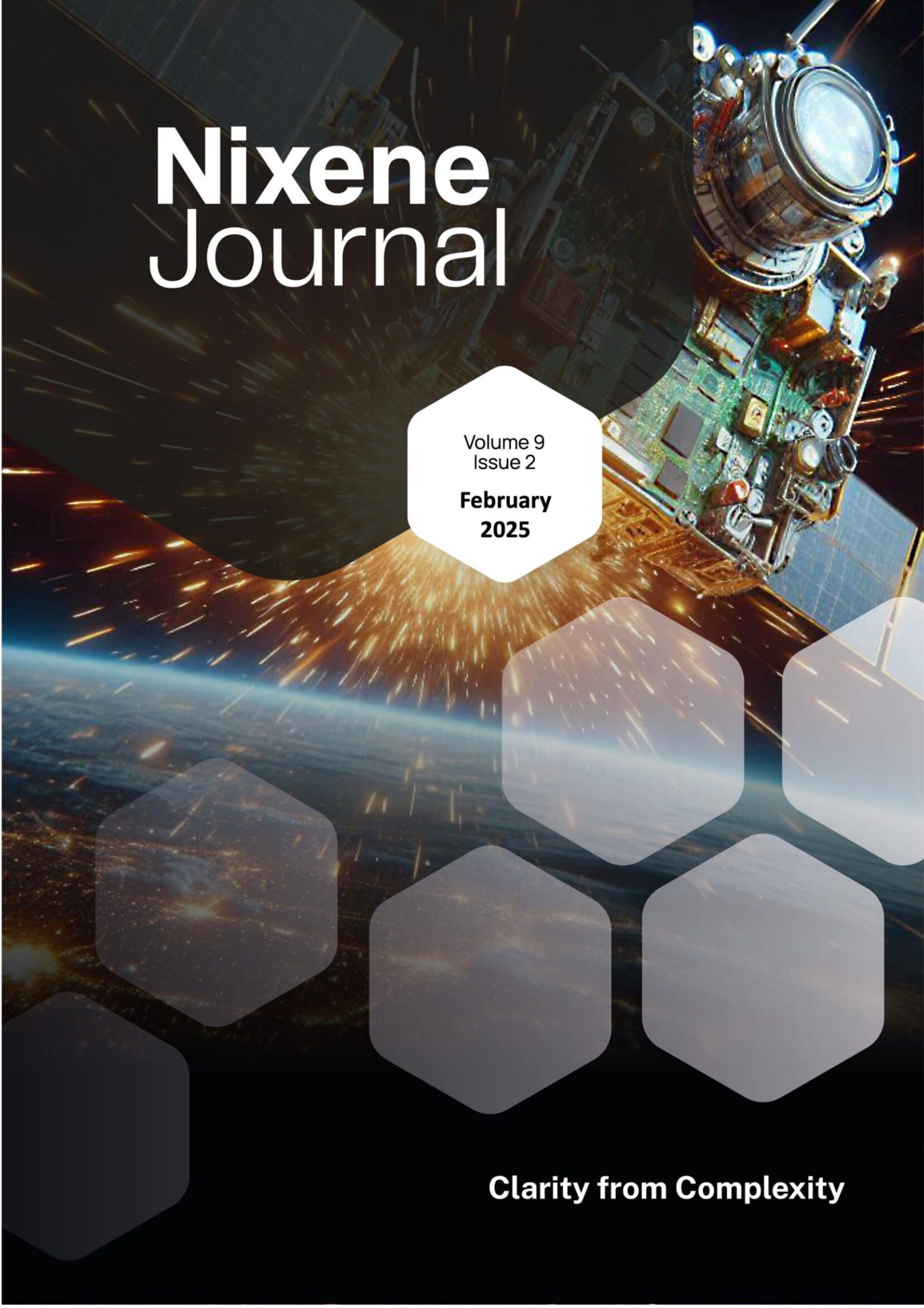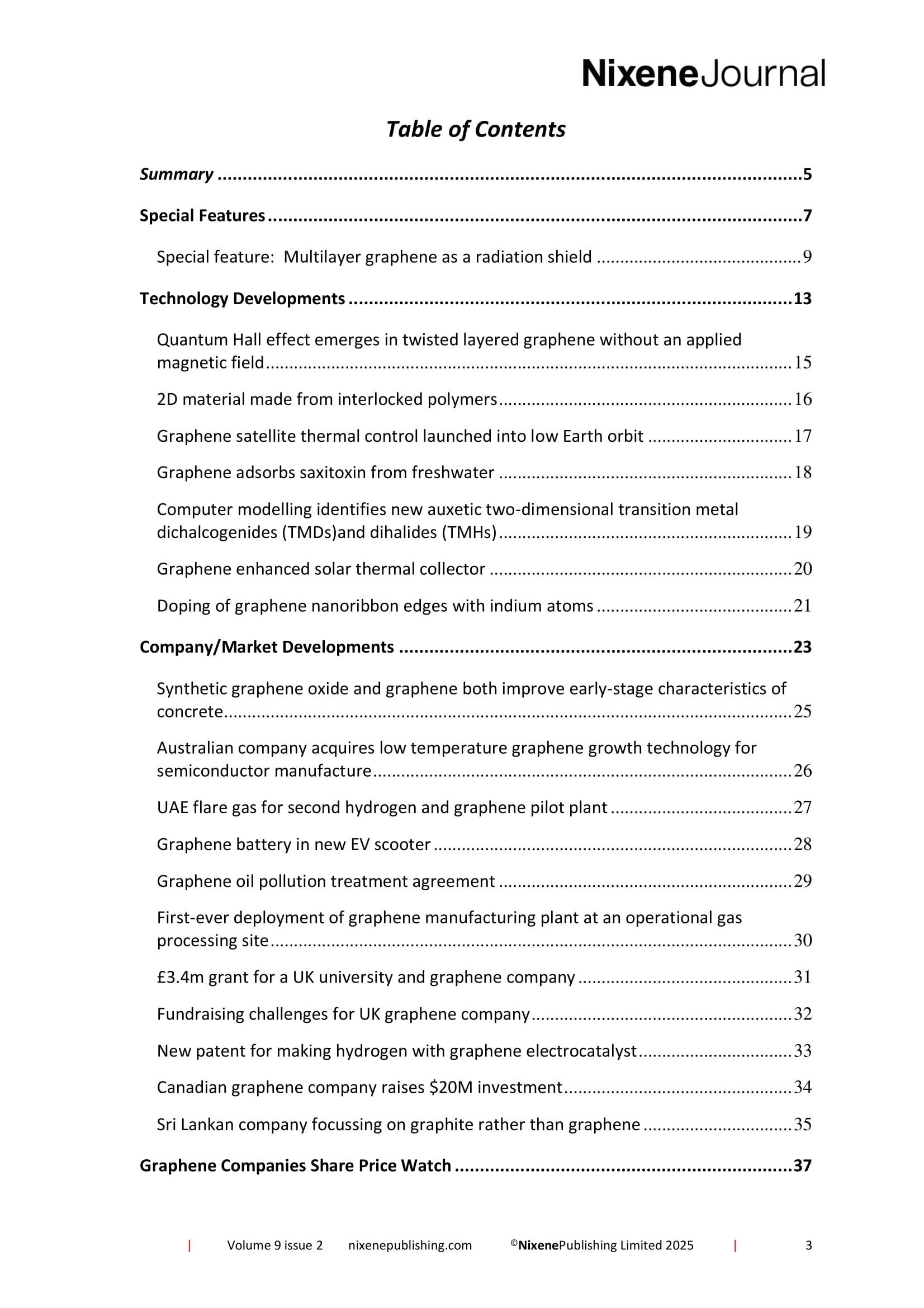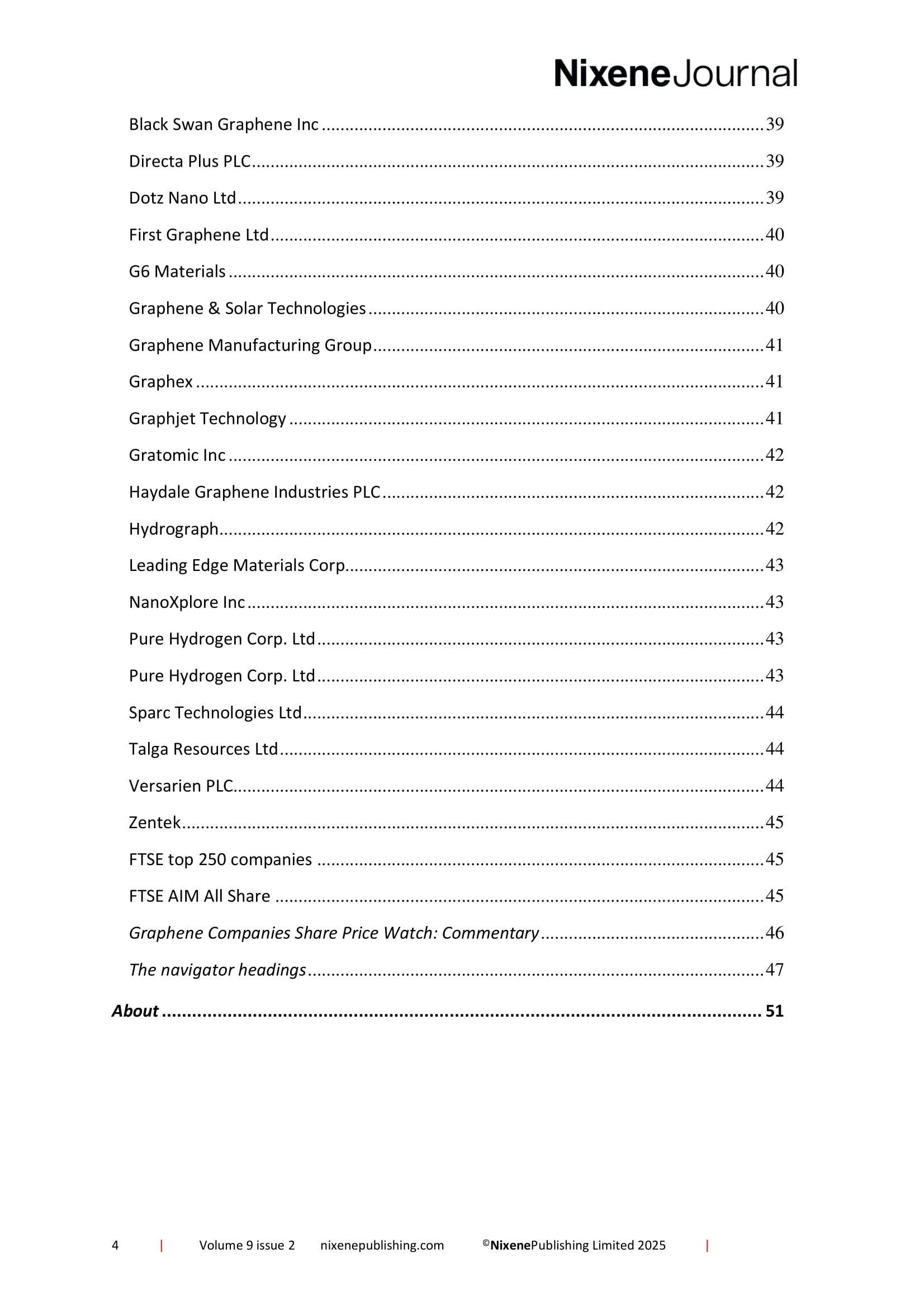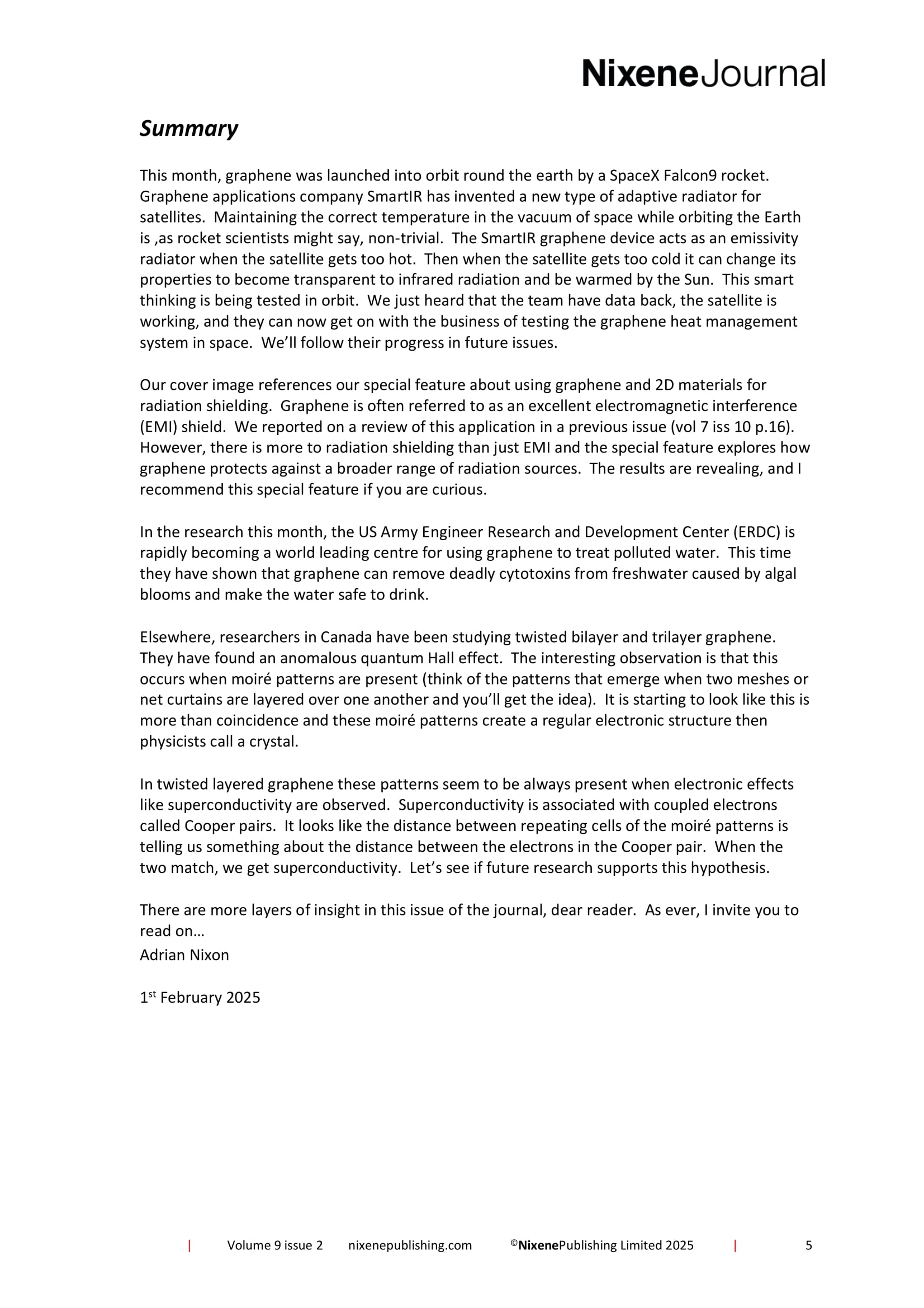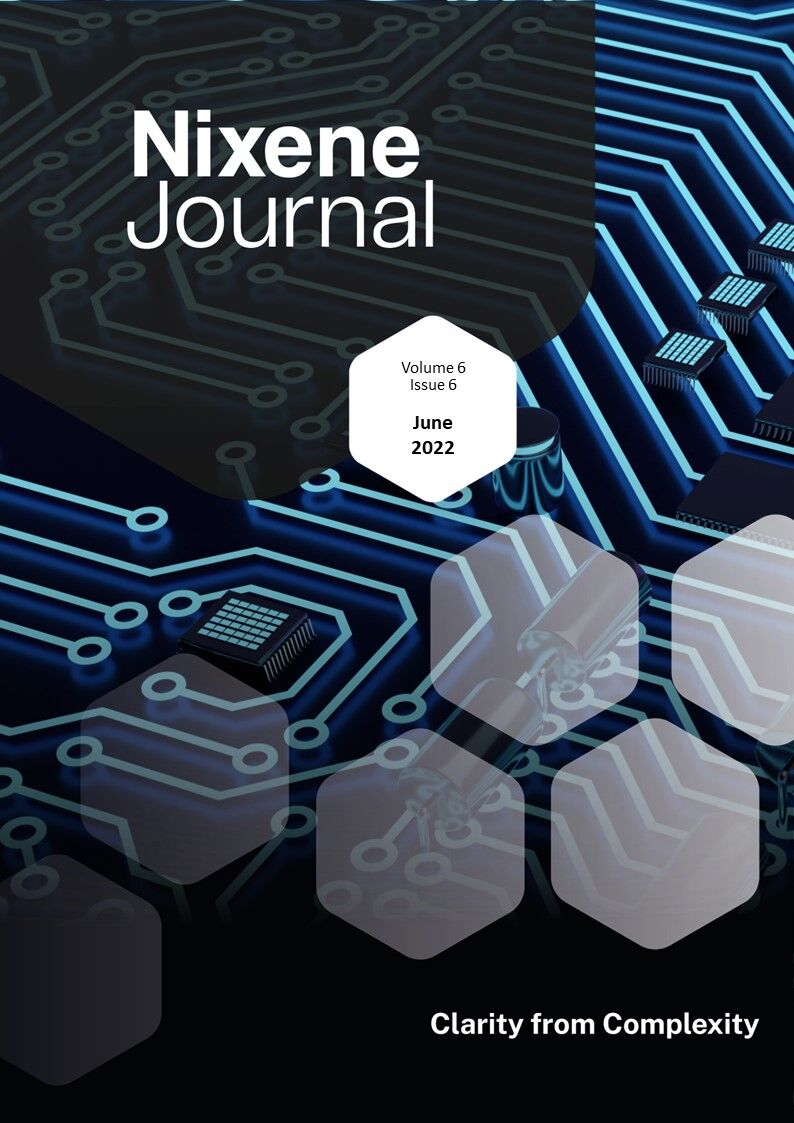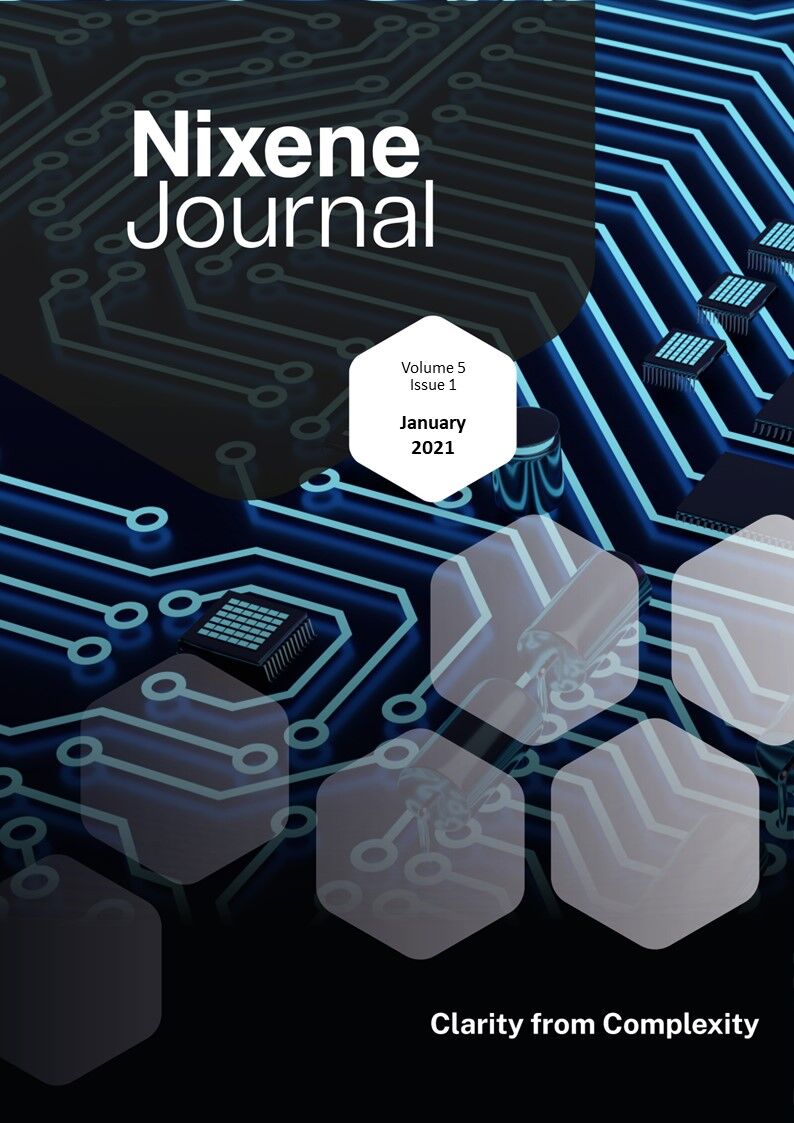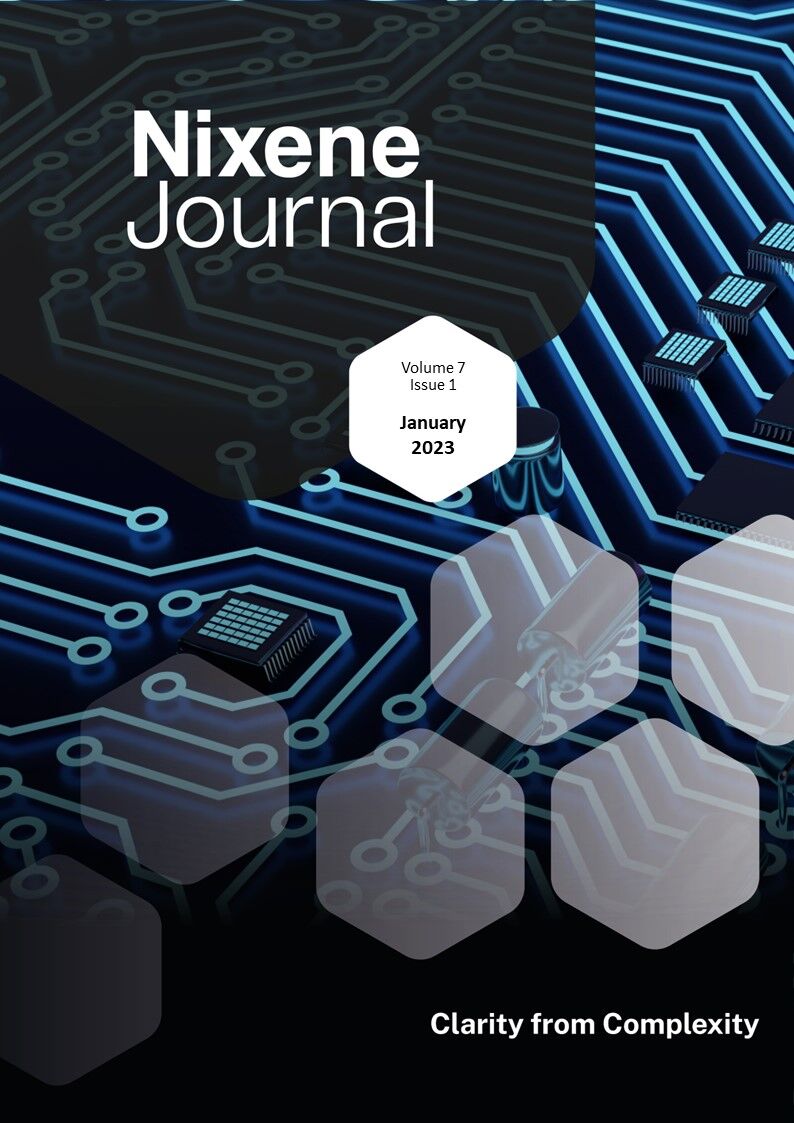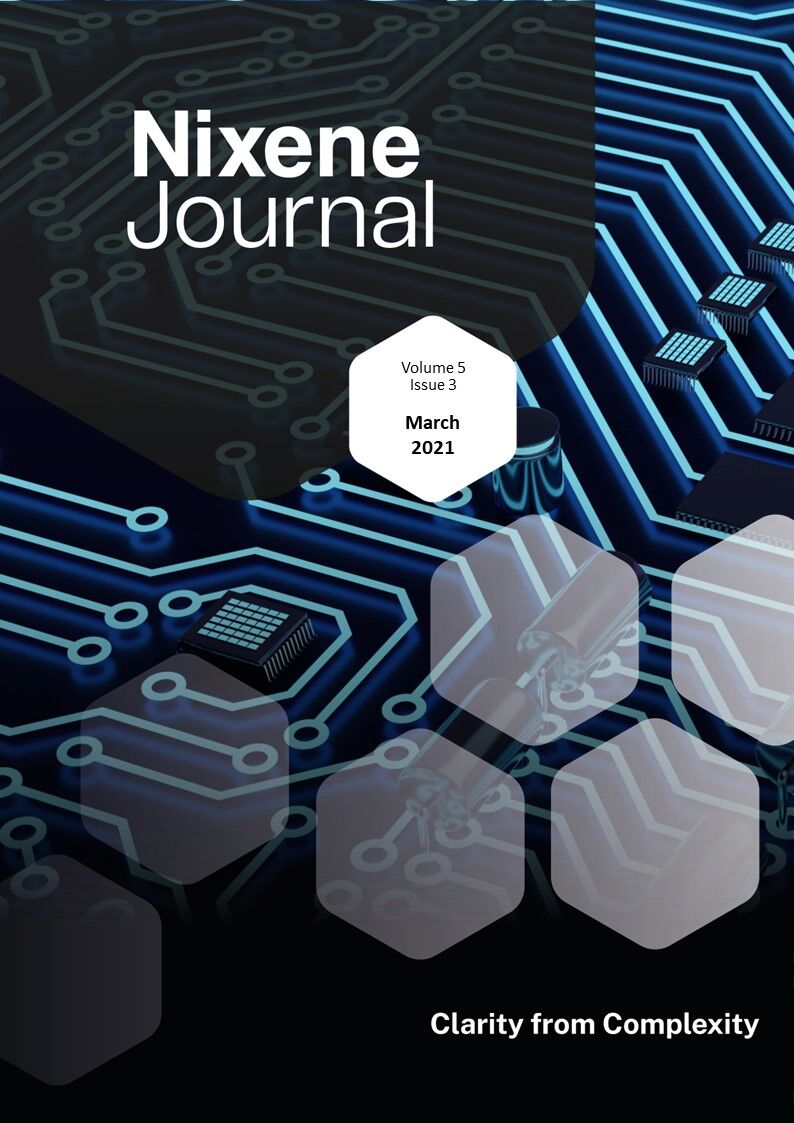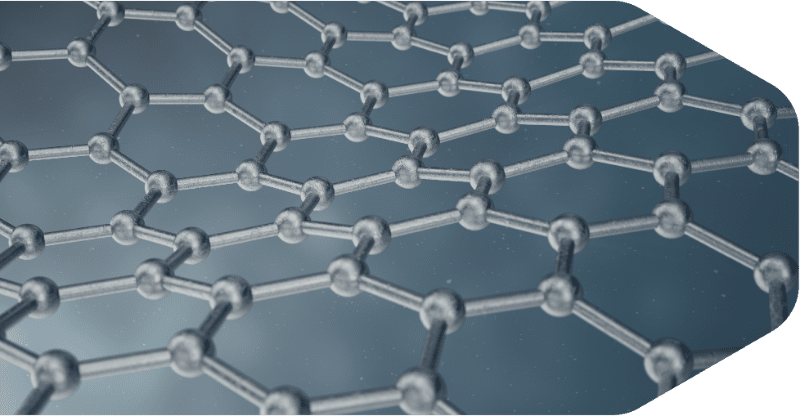Description
This month, graphene was launched into orbit round the earth by a SpaceX Falcon9 rocket. Graphene applications company SmartIR has invented a new type of adaptive radiator for satellites. Maintaining the correct temperature in the vacuum of space while orbiting the Earth is ,as rocket scientists might say, non-trivial. The SmartIR graphene device acts as an emissivity radiator when the satellite gets too hot. Then when the satellite gets too cold it can change its properties to become transparent to infrared radiation and be warmed by the Sun. This smart thinking is being tested in orbit. We just heard that the team have data back, the satellite is working, and they can now get on with the business of testing the graphene heat management system in space. We’ll follow their progress in future issues.
Our cover image references our special feature about using graphene and 2D materials for radiation shielding. Graphene is often referred to as an excellent electromagnetic interference (EMI) shield. We reported on a review of this application in a previous issue (vol 7 iss 10 p.16). However, there is more to radiation shielding than just EMI and the special feature explores how graphene protects against a broader range of radiation sources. The results are revealing, and I recommend this special feature if you are curious.
In the research this month, the US Army Engineer Research and Development Center (ERDC) is rapidly becoming a world leading centre for using graphene to treat polluted water. This time they have shown that graphene can remove deadly cytotoxins from freshwater caused by algal blooms and make the water safe to drink.
Elsewhere, researchers in Canada have been studying twisted bilayer and trilayer graphene. They have found an anomalous quantum Hall effect. The interesting observation is that this occurs when moiré patterns are present (think of the patterns that emerge when two meshes or net curtains are layered over one another and you’ll get the idea). It is starting to look like this is more than coincidence and these moiré patterns create a regular electronic structure then physicists call a crystal.
In twisted layered graphene these patterns seem to be always present when electronic effects like superconductivity are observed. Superconductivity is associated with coupled electrons called Cooper pairs. It looks like the distance between repeating cells of the moiré patterns is telling us something about the distance between the electrons in the Cooper pair. When the two match, we get superconductivity. Let’s see if future research supports this hypothesis.
There are more layers of insight in this issue of the journal, dear reader. As ever, I invite you to read on…
Adrian Nixon
1st February 2025

